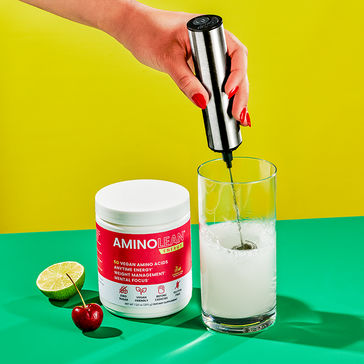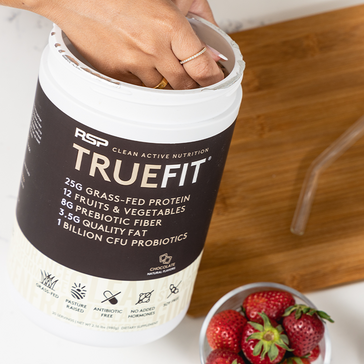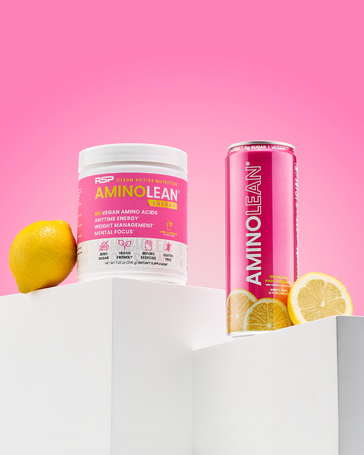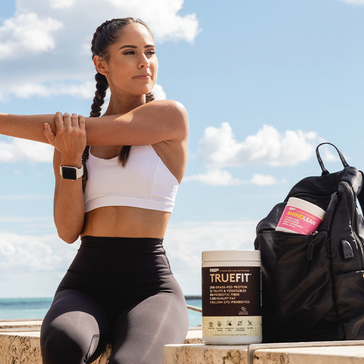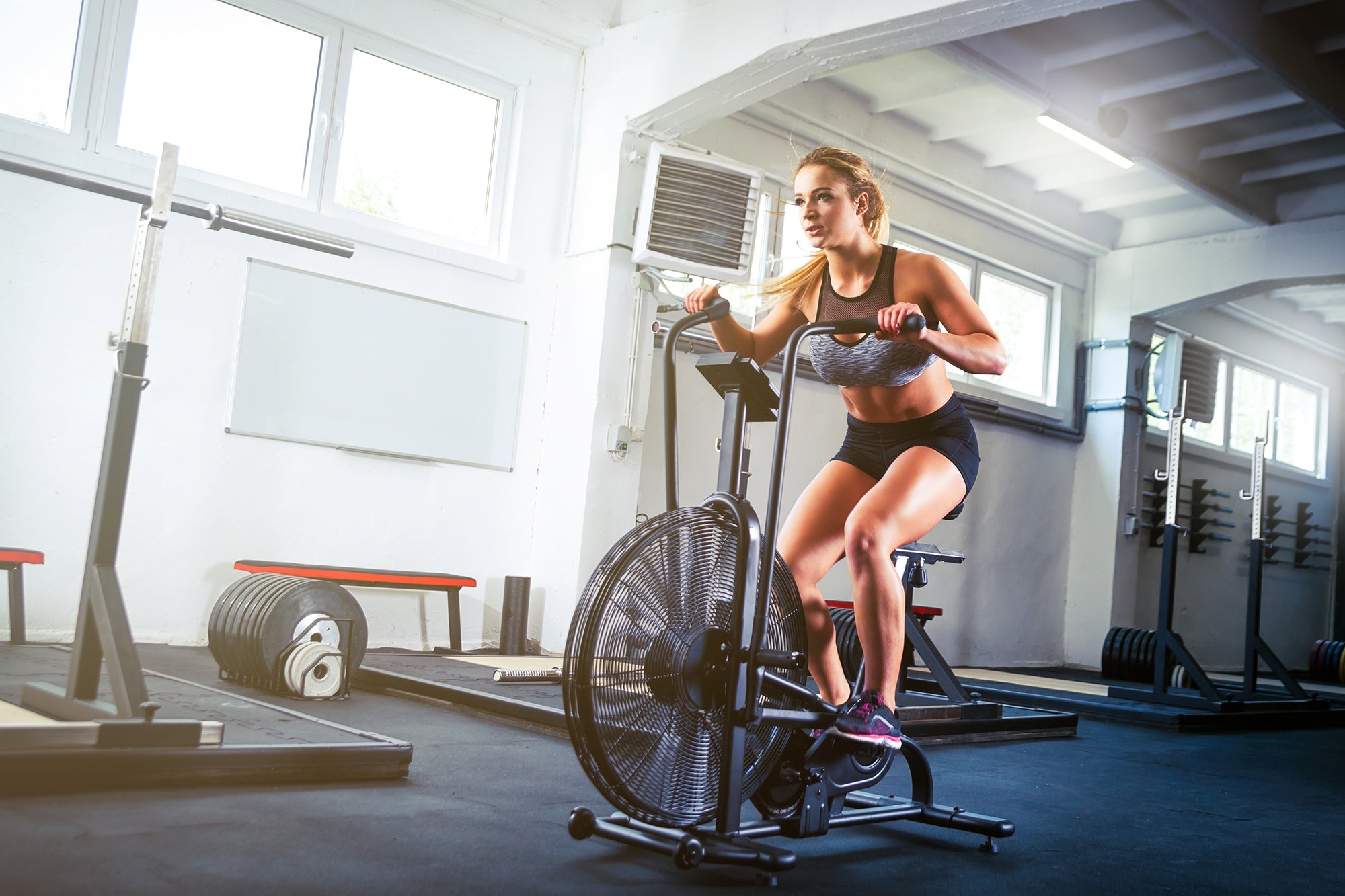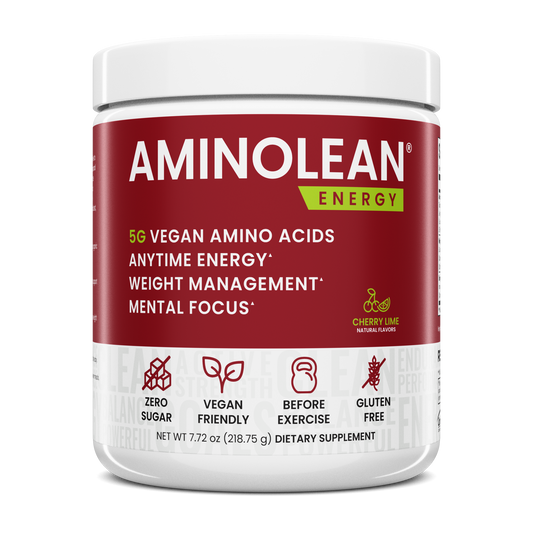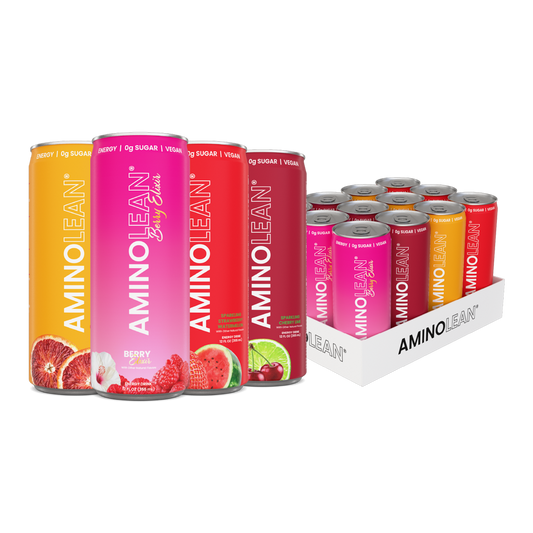by Christina Ledo
Most people do cardio to maintain health, get lean or reach a new level of fitness. Cardio (cardiovascular training), helps you burn fat and calories, increases your lung capacity, reduces your risk of heart attack, reduces stress, induces better sleep and increases bone density. On top of the obvious benefits, you will look and feel better too. There are so many forms of cardio that it can be overwhelming to decide which one to do and for how long. Your cardio routine should be specific to your body movement and heath goals. There are 3 main ways to go about cardio:
- High impact: For those who are more athletic, and have less joint problems. This involves bearing more weight, and usually has both feet on the ground.
- Low impact: One foot is always on the ground, such as walking or using an elliptical.
- No impact: This includes activities such as cycling or swimming, where there are typically no feet or hands on the ground.
However, just because you’re doing low or no impact cardio, it doesn’t mean that your workout isn’t worth it. Spin class has people drenched after 20 minutes, and is one of the best non-impact cardio workouts.
Contrarily, high impact cardio (such as a long-distance run) may not get your heart rate at a steady pace. Additional cardio activities would be going for an easy bike ride, or an intense spin class; so, each category has a spectrum of intensity. Now that you know the categories, let’s break down the type of cardio that will best suit you!
RUNNING
Running is one of the most common forms of high impact cardio for different reasons, but it is a great option because it allows you to go at your own pace. If you’re using distance or time measurements, you can increase or decrease your intensity with running; such as aiming for a 12 or 8 minute mile. Running outdoors is different than running on a treadmill, especially because your stride may be prohibited on a treadmill. However, you can do more timely intervals on a treadmill by changing the incline or speed when you want. This is a great way to challenge your endurance and monitor your progress. I highly recommend running for heart health as well as fat loss. Running is something that you can do almost anywhere, and most gyms have more treadmills than any other machine.
*If you have hip or knee issues, running might be too harsh for your cartilage and could further worsen what already bothers you.
SPRINTING
Sprinting is also high impact, but a bit more intense than a jog or casual run. The benefits of it are remarkable because you tap into different muscles when you engage in a faster run. Fast twitch muscles require less oxygen because they operate in short bursts. Sprinting takes proper form and isn’t just about running faster than a jog, so don’t take this one lightly.
ELLIPTICALS
Ellipticals and other elliptical forms are a great low impact workout; however, these are more of a steady heart rate increase. To spark the fat burning process, it’s best to do high intensity intervals such as 1 intense minute and 2 milder minutes and continue that for your workout. If you have a lot of weight that you want to drop, this is a good place to start, especially if it’s hard for you to run or do any other high impact cardio. This can get your body moving with lower risk of injury. The elliptical simulates running without the joint impact.
HIIT
High Intensity Interval Training (HIIT) has grown increasingly popular with there being no end to how you go about it. You can incorporate bands and weights, and customize each one with time intervals, sets or intensity. HIIT tends to burn more fat within a shorter time. Instead of going at the same pace, your heart rate is now experiencing fluctuations of rhythm, maybe going from 160 beats per minute (bpm), to 80 and repeating this. You are bound to burn more fat because your body is working harder.
CYCLING
Cycling is one of the most widely participated cardio forms. Spin classes are everywhere and the trend is taking more precedent to provide exclusive spin studios such as Fly Wheel and Soul Cycle. This is a great caloric burn, and using intervals can leave you with a puddle of sweat under your bike. Spinning indoors or outdoors is a great way to get moving and recruit relatively all of your muscles: legs, core, and arms; without the weight bearing on your knees and hips.
ROWING
Rowing is surprisingly fun and works a whole different muscle group than most cardio exercises. Find a rowing machine and try it out if you haven’t. It’s a great way to incorporate upper body into your cardio and it provides a smooth transition for your body during the activity. It is low impact and you can really burn a lot of calories with short sprints and repeated, continuous rowing. Also, it’s a rarity that you can get that posterior chain to kick in during machine cardio, so rowing is prime for those muscles. Be sure to check out this website which rates and reviews different rowing machines so you can find the best machine for you.
Of course, there are more options and you should never feel limited, but with these top choices you can go into your workout knowing that your knees will hurt less, and your intensity can produce greater results. You may want to practice form before getting into it. Your duration of workouts should ideally be anywhere from 30 to 45 minutes. Keep in mind, if you train like a long-distance runner, you will start to look like one; same with a sprinter or cyclist. You are not the same as another person. Your body moves, aches, and shifts in different ways than others. Adjust your cardio routine to meet your body and goals, and you are destined to live a healthier life.
